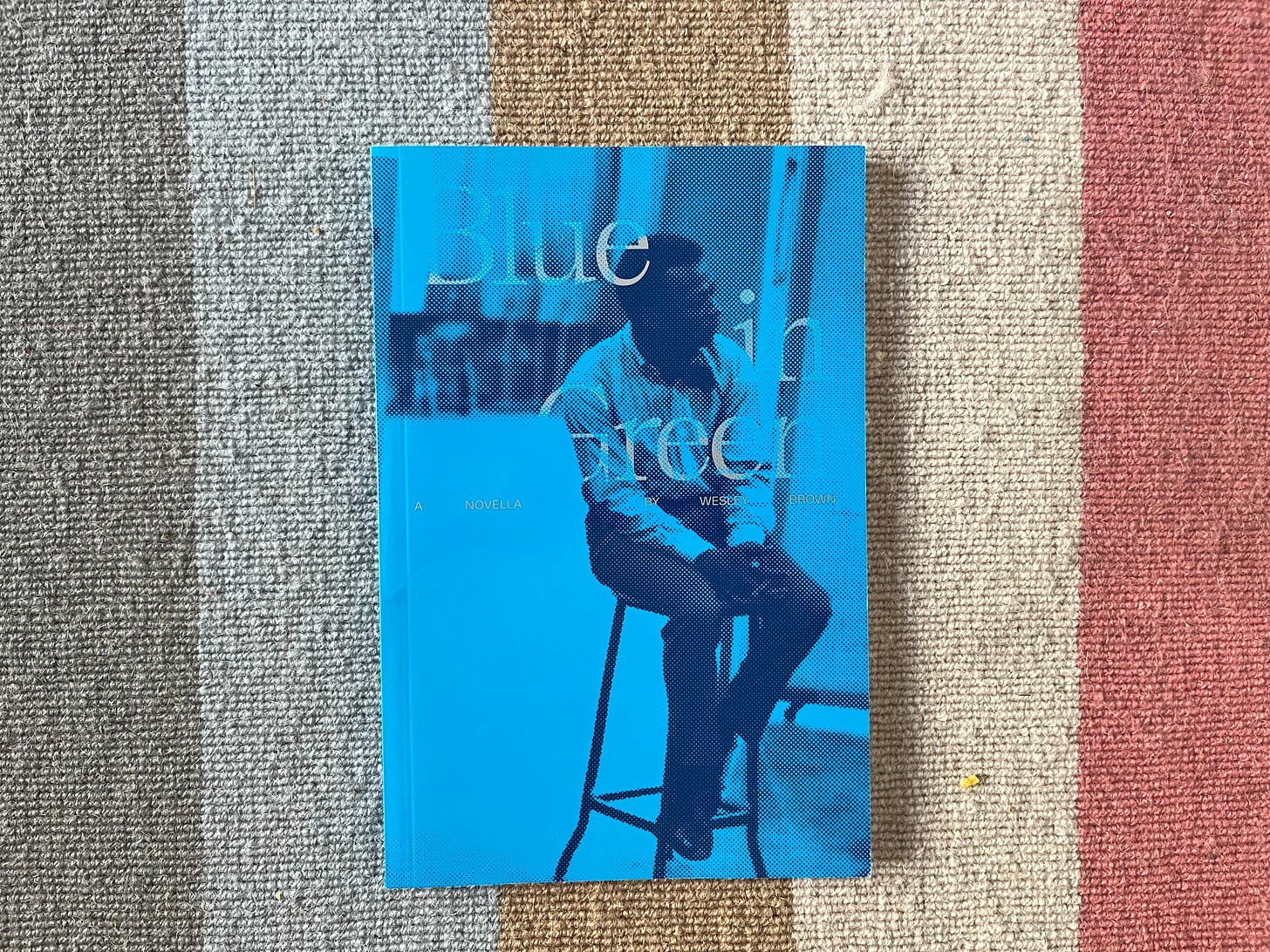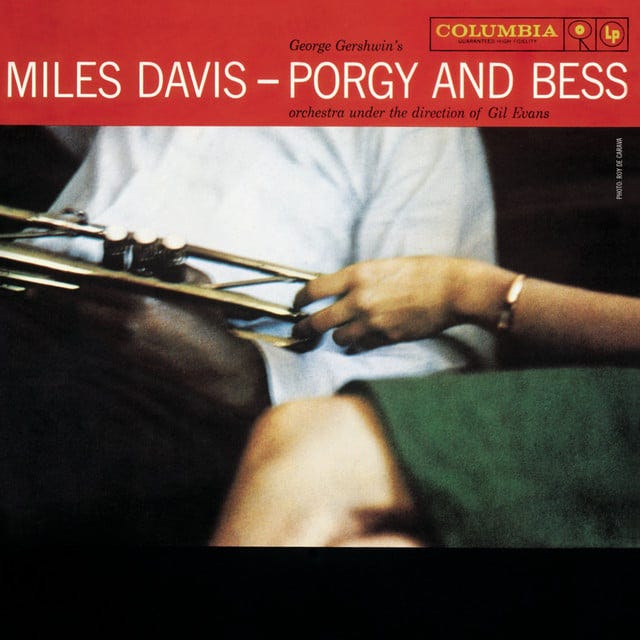On the evening of August 25, 1959, Miles Davis was beaten by several cops outside of Birdland during a break in recording. Afterwards he was taken to the police station, charged with assaulting an officer and given five stitches to close the womb to his head.
Kind of Blue had just been released eight days before.
What I’m reading, ‘Blue In Green,’ by Wesley Brown, is a fictional account of that night and the events leading up to it.

As the introduction reads: The actual events described in the book provide the backdrop to the story, but the actions of the characters, who are based on real people, come from the imagination of the writer.
Brown gained insight for the novella from reading several biographies and memoirs on the lives of the individuals portrayed in the book.
Though the book is named after the third selection off Kind of Blue, the story actually revolves around the marriage of Davis and his wife Frances Elizabeth Taylor, an artist who was a member of the Katherine Dunham Company and the first Black ballerina to perform for the Paris Opera Ballet.
The novella alternates between Miles trying to cool down following the arrest (riding around Manhattan in his sports car) and Frances trying to wrap her mind around a dwindling ballet career and her troubled, brilliant and violent husband.
At one point Brown riffs supremely on the artistic darkness of the relationship by describing the aura around a famous album cover that features them both.
“A photograph of her and Miles was put on the cover of Porgy and Bess, a shot of the two of them, seated, their faces hidden and little shown of the rest of their bodies. Miles composed the shot. He kept a firm grip on his trumpet, and her two fingers dangled near the valves. Her dress revealed a knee and part of her thigh. This was a first for Frances, to be involved in any aspect of his recordings. And she loved the result — at the time. After he hit her, she saw it differently. His grip around the valves looked like a fist, pulling the trumpet tightly against his stomach. She now noticed how her fingers barely touched the trumpet, showing tentativeness about getting any closer to something so much a part of him. Her presence in the photograph was all about him. She was a prop, an eye-catching teaser. The message was: you are my woman.”
Effortlessly we are transported through recording sessions, talks with Eartha Kitt, festival appearances, ballet rehearsals and the heartache of Black America during the late 50s. All in just 65 pages that read like a tight band creating a classic cohesive album.
Wesley Brown gives us a shotgun view of a life-altering night and doesn’t slow down until the sun rises the next August morning.
To enjoy this piece you don’t have to know anything about Miles Davis or Frances Taylor as long as you have a beginner’s understanding of the fragile relationship between love and hate. Man and woman. Art and violence.


